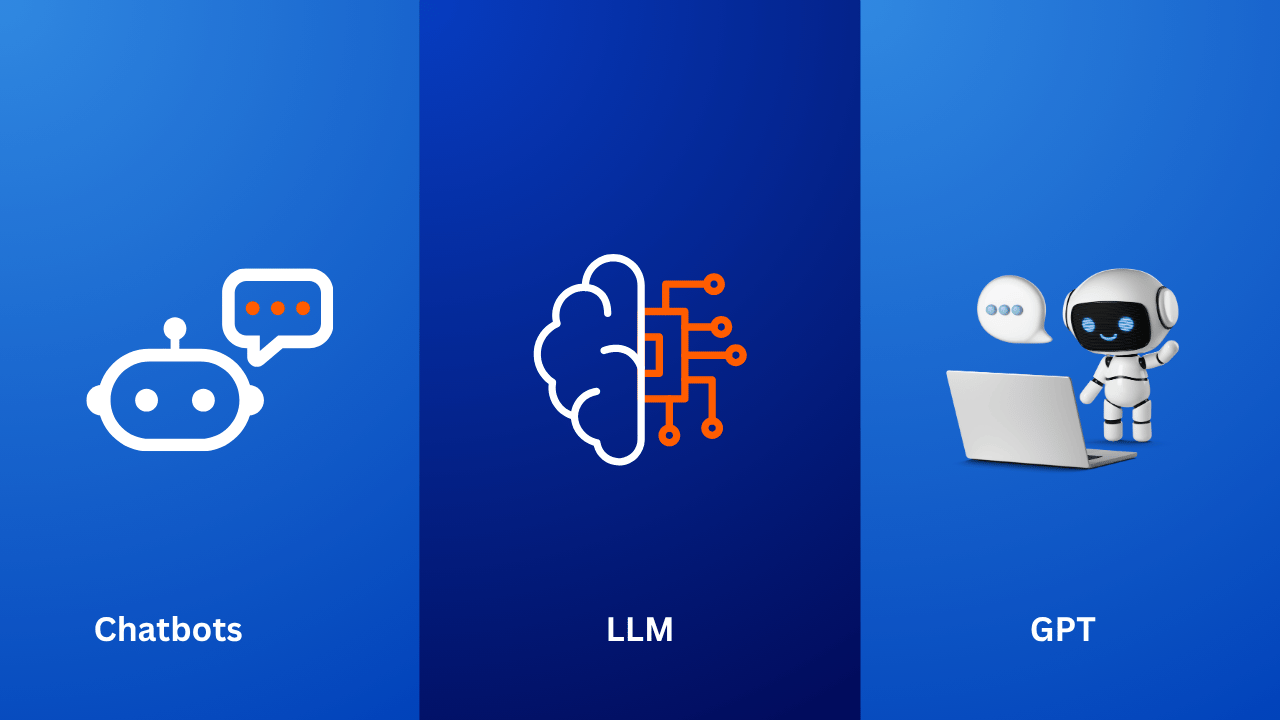Explore the top AI trends shaping 2025, including agentic AI, multimodal models, workflow automation, edge AI, and responsible AI. Learn how these innovations are transforming businesses and what leaders must do to stay ahead.
Artificial Intelligence is no longer “just a buzzword”. In 2025, it is becoming a core part of business strategy. From new types of agents to tighter integration in daily operations, here are the AI trends companies must watch and act on to stay ahead.
What Recent Reports are Saying
Google
Cloud’s AI Business Trends Report 2025 highlights that
multimodal AI (combining text, images, audio, and video) will deliver more
contextual understanding and better user experiences.
PwC’s
AI Predictions emphasize that integrating AI into the core business strategy
(not just as an add-on) is crucial for value at scale.
According
to IBM’s “5 Trends for 2025,” agentic AI (agents that can act
autonomously) will transform how work gets done, but companies will need to
reskill people to keep up.
Key Trends Businesses Need to Know
Here are the top AI trends shaping business in 2025, with implications and action points.
|
Agentic
AI |
Autonomous
agents that can carry out tasks with minimal human supervision. These agents
can plan, monitor, and adjust workflows on their own. |
They
reduce manual work, speed up processes, and free humans for higher-value
work. Also, they bring competitive advantage as fewer companies have deeply
adopted them. |
Start
small by identifying repetitive tasks that can be automated. Pilot agents,
measure effectiveness, monitor for errors. Also invest in training staff to
work in tandem with AI agents. |
|
Multimodal
AI |
AI
systems that can understand and generate content across different modes such
as text, images, audio, video. |
|
Assess
whether current workloads will benefit (e.g. marketing, content, design).
Invest in tools that support multimodal models. Ensure data (images / audio)
is well organized and annotated. |
|
Generative
AI Growth & Democratization |
The
expansion of Generative AI, that comes with more organizations using GenAI
for content, design, marketing, software and also more open-source models
allowing customization. |
As
costs drop and tools become more accessible, even small businesses can
leverage creative content, product design, marketing at scale. Those that
don’t may lag behind. |
Explore
generative AI tools / partners. Understand IP / copyright issues. Pilot
content generation with human oversight. Possibly build internal capabilities
or hire/partner for model specialization. |
|
Explainable
& Responsible AI |
Rising
demand for transparency in AI systems (why AI made a decision), bias
mitigation, ethical usage, compliance, governance, and data privacy. |
Trust
is a major concern. Customers, regulators, and employees expect clarity.
Ethical failures / bias / data misuse can lead to reputational, legal or
financial harm. |
Build
governance frameworks. Use explainability tools. Monitor fairness, bias. Be
transparent with customers/users. Build or adopt policies around data usage. |
|
Edge
AI & On-Device Processing |
Moving
some AI work closer to where the data is generated. For e.g., on devices /
edge servers rather than in the cloud. Less latency, more privacy, less
dependency on network connectivity. |
Real-time
applications (IoT, manufacturing, retail, AR/VR) benefit. Improves
responsiveness and reduces cost of data transmission. Helps comply with data
privacy laws. |
Identify
use cases with latency or privacy constraints. Evaluate hardware or platforms
for edge deployment. Balance cost vs benefit. Start with hybrids (some tasks
on edge, others in cloud). |
|
AI
in Business Operations & Workflow Automation |
|
Helps
reduce costs, speed up operations, reduce errors. Free teams from repetitive
tasks so they can focus on innovation / strategy. Can drive ROI quickly with
visible wins. |
Map
out current processes; find repetitive or slow bottlenecks. Prioritize
“low-risk, high-impact” ones. Deploy AI tools or build in-house; track
metrics like time saved, error reduction. |
|
AI
+ Human Collaboration (“Co-Pilot” Models) |
|
Helps
augment human productivity, reduces fatigue, improves quality. Especially
useful in knowledge work, where context and oversight are essential. |
Introduce
AI co-pilot tools in content, strategy, analysis. Train employees to use them
but maintain oversight & verification. Measure impact on productivity /
satisfaction. |
|
Focus
on Efficiency, Costs & AI Infrastructure |
|
Big
AI models can be expensive and resource intensive. Being inefficient can
erode margins. Also, sustainability is increasingly a concern for
stakeholders. |
Optimize
model sizes, use quantization / pruning, invest in efficient hardware or
model serving. Monitor costs. Use specialized platforms or cloud partners.
Explore sustainable AI practices. |
Challenges & Risks Businesses Should be Careful
About
Beyond
the trends, the successful use of AI depends on dealing with several risks:
Data
Quality & Availability: AI is only as good as the data it is trained or
working with. Poor or biased data leads to bad decisions.
Ethical,
Privacy & Regulatory Pressures: Across many jurisdictions, regulations
surrounding data usage, user privacy, and transparency are rapidly evolving to
keep pace with technological advancements.
Trust
& Explainability: Stakeholders (customers, employees, regulators) will
demand evidence of fairness, reliability, and traceability.
Talent
Gaps & Skill Shortages: AI specialist roles are still relatively rare;
employees may need upskilling.
Change
Management: Integrating AI into established processes can be disruptive.
Resistance from staff, legacy systems, and inadequate vision can hamper
adoption.
What to Do Now: How Businesses can Prepare
If
you're a business leader, here are suggested steps to make sure you’re ready:
Audit
your current capabilities: What AI tools are you using (if any)? What data do
you have, how is it stored, and how clean is it?
Define
strategic goals: Not just “we need AI,” but what impact you want. Choose from
cost savings, speed, customer satisfaction, new products etc.
Pilot
projects: Pick small projects that are impactful but manageable. Use these to
learn, validate tech, and build internal trust.
Invest
in talent & training: Both technical skills (ML, data engineering) and
non-technical (ethics, change management).
Build
governance & ethics framework: Policies, oversight, audits, explainability,
compliance.
Monitor
ROI & adjust: Track metrics like efficiency gains, cost savings, error
reduction, and customer satisfaction. Be ready to pivot strategy or tools as
you learn.
Final Thoughts
2025
is shaping up to be a pivotal year for AI in business. The tools are maturing;
the stakes are rising. Businesses that move from experimentation to strategic
adoption, especially with trends like agentic AI, multimodal systems, and
efficient infrastructure, will likely lead their sectors.
If
you approach AI with a clear strategy, responsible practice, and readiness to
learn and adapt, the upside is enormous.
















